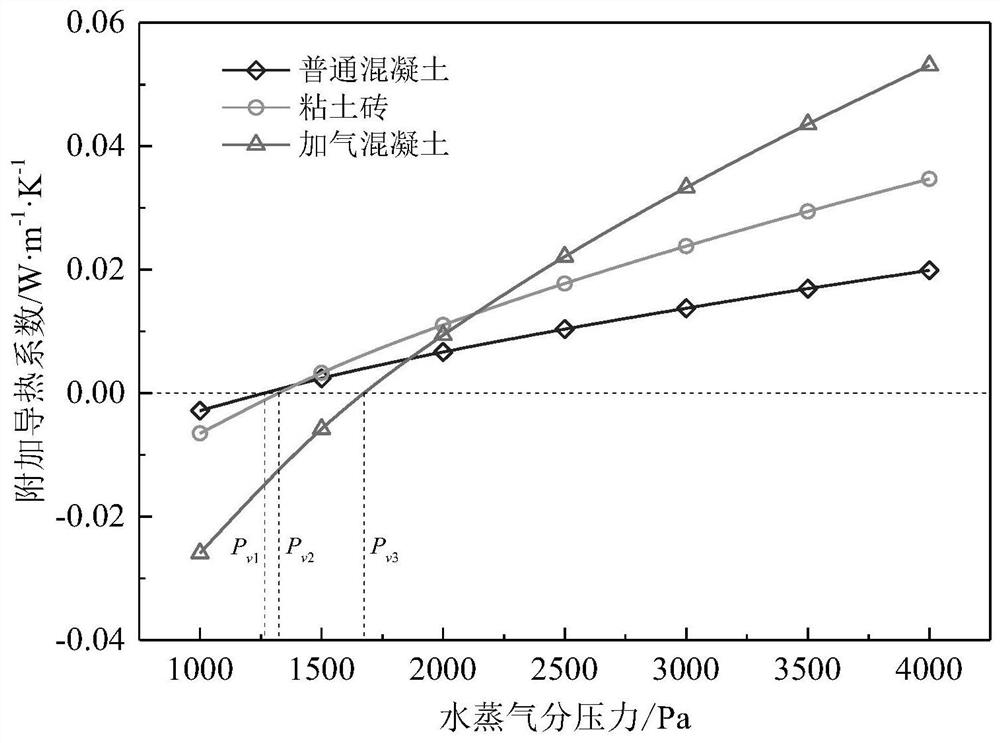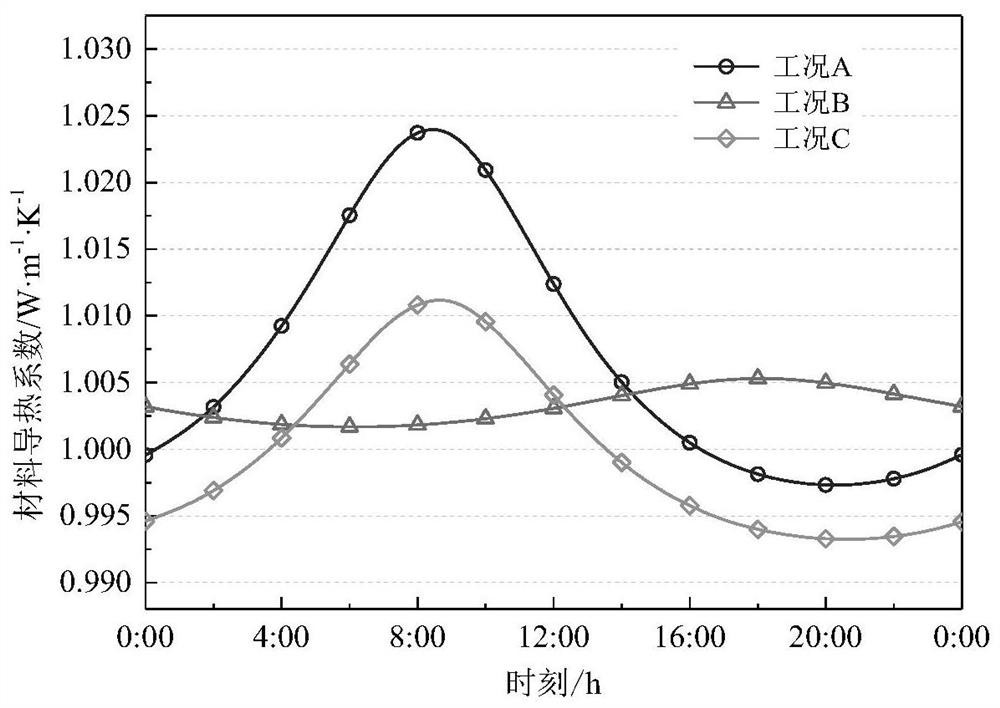A Calculation Method of Thermal Conductivity of Building Materials
A technology for thermal conductivity calculation and building materials, which is applied in calculation, complex mathematical operations, computer-aided design, etc.
- Summary
- Abstract
- Description
- Claims
- Application Information
AI Technical Summary
Problems solved by technology
Method used
Image
Examples
Embodiment Construction
[0052] Through the analysis of the heat-moisture coupling transfer mechanism of porous building materials, with the water vapor partial pressure gradient and temperature gradient as the driving potential, the heat-moisture coupling transfer control equation of the no-humidity phase transition is established; and the transfer coefficient expression reflecting the moisture-heat interaction is given . Based on the heat-moisture coupling transfer control equation without moisture phase change, the two terms of phase change moisture source and heat source are introduced, and combined with the theory of evaporation and condensation, the heat-moisture coupling transfer control equation with moisture phase change is established. According to the interaction between the internal moisture phase transition and the temperature and humidity field of porous building materials, a cyclic iterative calculation method for additional heat conduction is proposed, and the additional thermal conduct...
PUM
 Login to View More
Login to View More Abstract
Description
Claims
Application Information
 Login to View More
Login to View More - R&D
- Intellectual Property
- Life Sciences
- Materials
- Tech Scout
- Unparalleled Data Quality
- Higher Quality Content
- 60% Fewer Hallucinations
Browse by: Latest US Patents, China's latest patents, Technical Efficacy Thesaurus, Application Domain, Technology Topic, Popular Technical Reports.
© 2025 PatSnap. All rights reserved.Legal|Privacy policy|Modern Slavery Act Transparency Statement|Sitemap|About US| Contact US: help@patsnap.com



